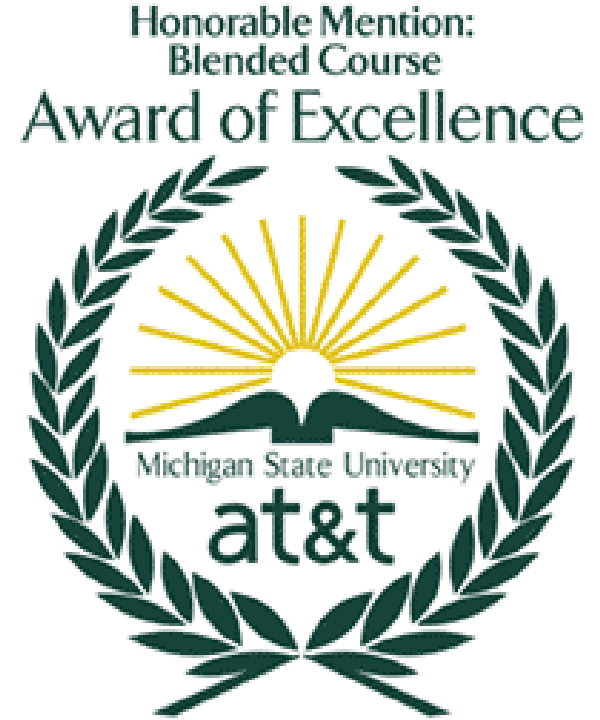Italian 101 and Italian 102 are the first two basic levels of the language in which students are learning how to carry out every day social and survival language tasks. At the end of these two levels, students are expected to effectively communicate about familiar topics related to self, home, family, friends, neighborhood, school, community, professions, and environment. Students will also be able to: (i) communicate about present and future events, (ii) report series of isolated events in the past, (iii) communicate in sentence-length discourse recombining and reformulating learned phrases, and (iv) write sentences and short paragraphs.
The key aspects of these technology enhanced courses:
- Grammar video tutorials (49 new videos created)
- Grammar and vocabulary exercises (integrated from the textbook)
- Individual and partner chats (20 new oral chat assignments created)
- Written Assignments (10 new assignments created)
Student performance is assessed online and in person. For each lesson, students have specific linguistic goals of listening, oral, and written production. In order to accomplish their goals they are guided by the instructor with their online preparation homework. Before coming to class students watch my online grammar video tutorials, and practice using a variety of exercises (matching games, fill in the blank, videos, listening activities, written activities and online chats). These preparatory works make students ready to understand and execute instructions when they come to class where they are asked to accomplish different tasks and demonstrate mastering of the vocabulary and grammar learned at home. To prove their learned linguistic abilities, students are also assessed in class with quizzes, oral and written projects.
Learning a second language can be a frightful experience. The apprehension and pressure on students to perform well in the second language causes anxiety. Based on these important aspects of language learning, the book and the online platform were used as tools that were adapted to address these specific problems. Grammar video tutorials were created with a simple narrative, illustrating the concepts not only with written and spoken words but also with appealing visuals. The oral chats enhanced students’ confidence in the use of the language. Trying to use the language on their own or with a partner in the privacy of their room is much less stressful for some students than being asked to talk in class. The chats are a great home practice that help prepare students language production in the classroom. Finally, the written task assignments that students complete online are easier to grade and it is easier for the instructor to provide online feedback. Higher student involvement was noted in regard to writing longer paragraphs compared to assignments in pencil and paper.
Technologies Used
- Microsoft Office (spartan365.msu.edu)
- Mediaspace (mediaspace.msu.edu)
- Desire2Learn (d2l.msu.edu)
Team Members
Carmen DeLorenzo - Lead Instructor

